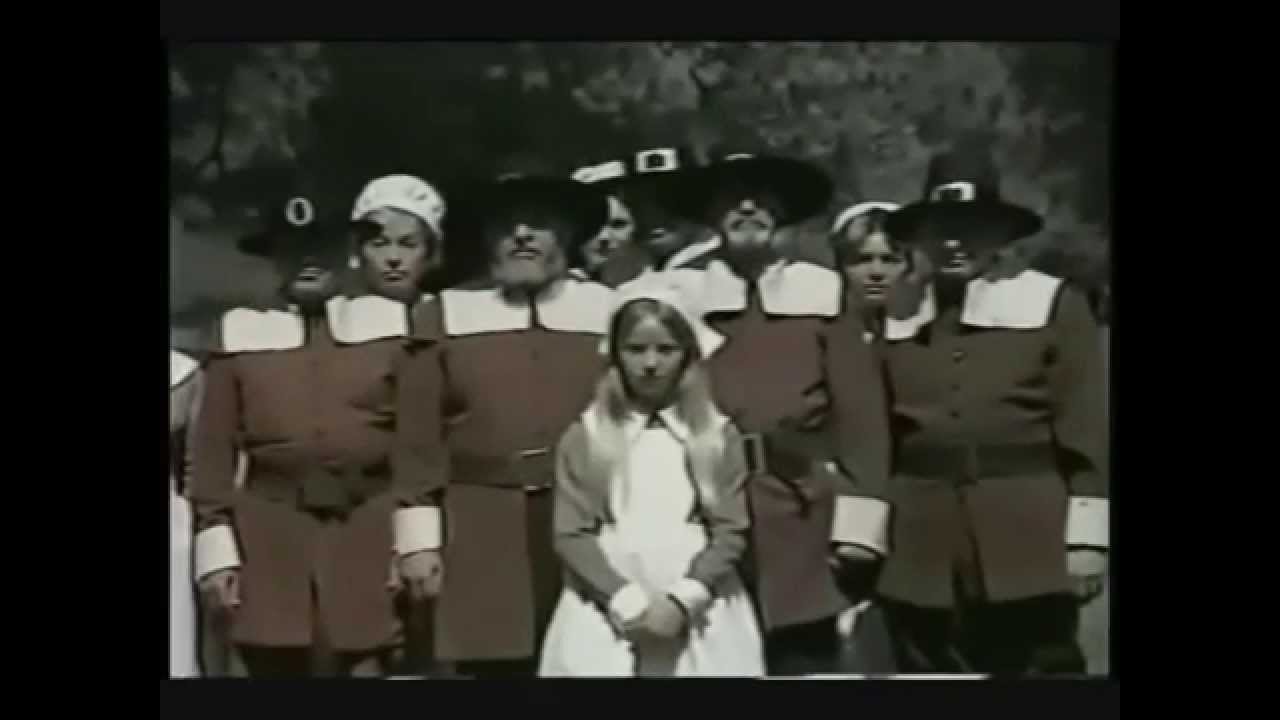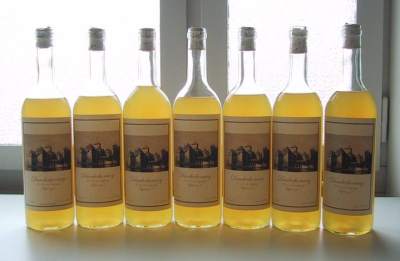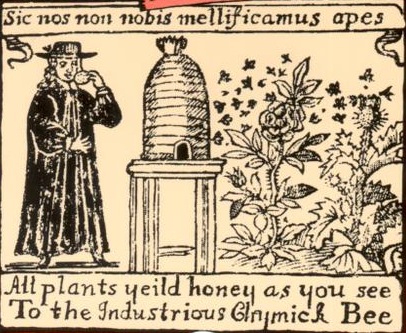
The Viewmaster depiction of Hansel and Gretel, the witch, and her gingerbread house were among my favorite childhood illustrations of one of my favorite fairy tales.
I started the Weight Watchers program in late November because I refuse to buy new clothes — everything I own was getting too snug! I had always refused to dignify weight loss efforts in the past by going to Weight Watchers but this time I finally capitulated. It couldn’t hurt to give it a shot, right? So far, I have lost about 25% of my excess weight on the Weight Watchers program and aim to keep losing more until I reach my “goal” weight — and all my clothes fit properly again.
The “fat and jolly old elf” of A Visit From St. Nicholas is a kindly old gentleman who is well-disposed toward others. But he is the exception.Overweight people appear in fairy tales but the image of “overweight,” often tied to “jolly,” is not always so innocent. Overweight people, in the world that give rise to fairy tales, were often wealthy and their weight indicated just how wealthy — and lazy? they had too many servants as well as too much food — they were.
But sometimes being overweight as a code word for “greedy.” The giants in fairy tales (such Jack and the Beanstalk or Jack the Giant-killer, etc.) were also greedy and lazy as well as large and heavy.
Hansel and Gretel wanted to eat the witch’s house and were rewarded for their efforts by her attempts to eat them! Hansel hid his obesity from the witch by using an old, dry chicken(?) bone he found at the bottom of his cage rather than his own finger when she wanted to check his growing weight.
Hansel and Gretel were not the only ones to discover the dangers of eating the food of a witch. Folk tales from all over the world warn that eating the food of a witch, a demon, a djinn, a troll, an ogre, or the faeries can be a dangerous proposition. You might owe your youngest child in return, or be bound to your host for the rest of your life.
Hopefully, the Weight Watchers program will save me from all these possible fates. Fingers crossed — but all bets are off if I find a gingerbread house in Central Park!




